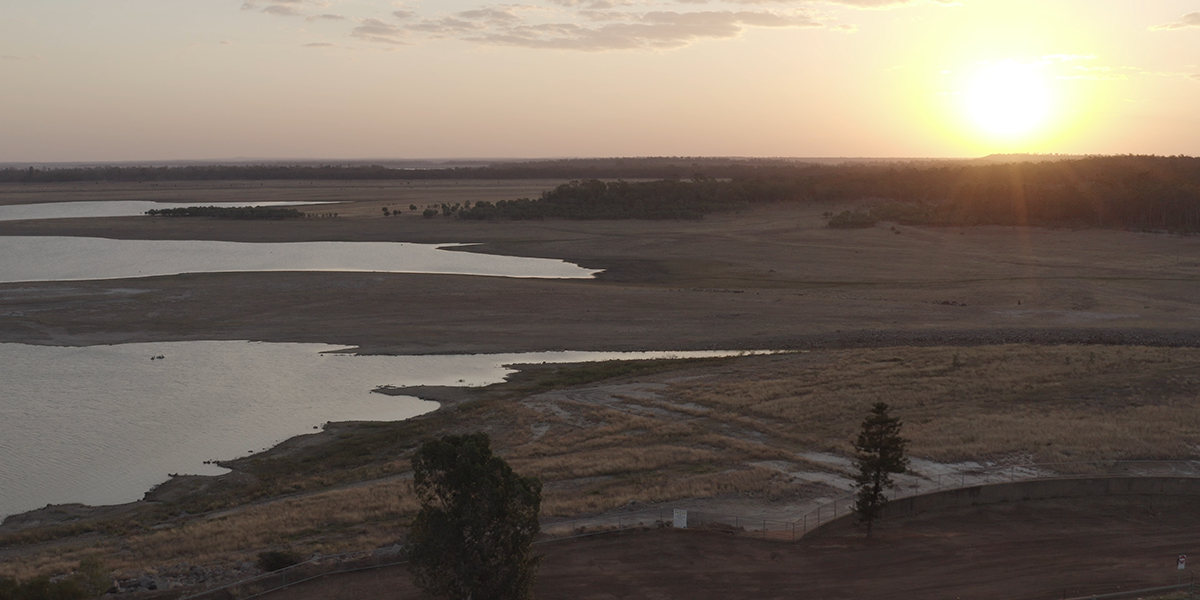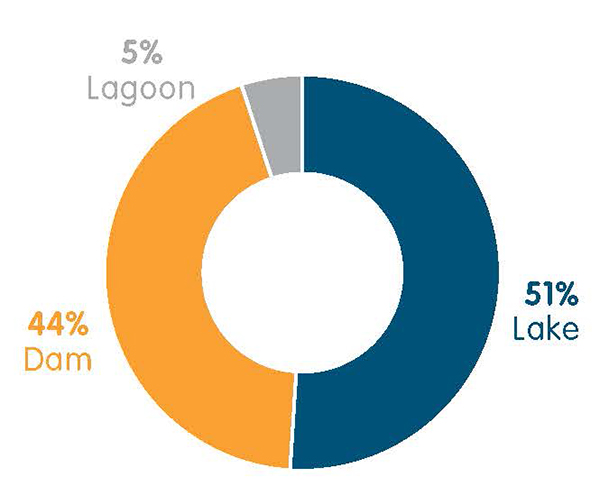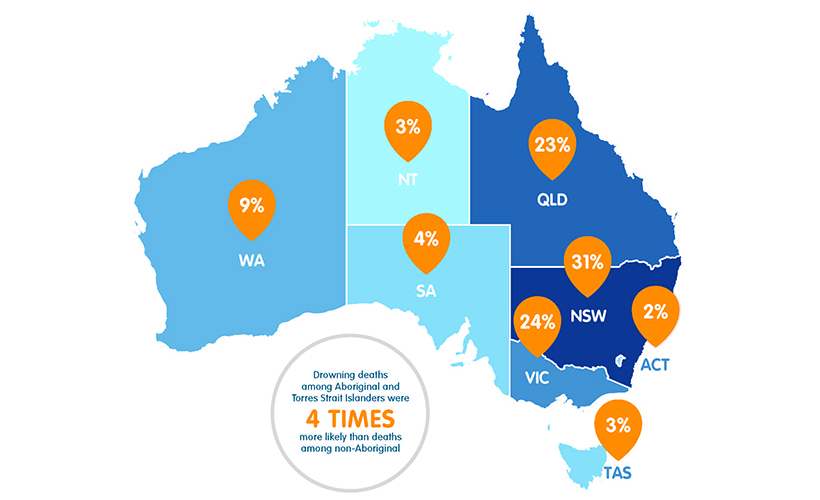

Royal Life Saving Society – Australia research shows that 255 people drowned in a lake, dam or lagoon in Australia between 1 July 2008 and 30 June 2018, with 51% of these occurring in lakes, 44% in dams and 5% in lagoons. This represents 8.9% of all drowning deaths in the country during this period.
Although the potential risk factors associated with drowning, lakes and dams are similar to those associated with rivers and creeks, Royal Life Saving research shows that lakes and dams carry some specific risks, particularly with regard to private/residential bodies of water compared with those that have public access. For example, we found that over half (54%) of all dam drowning deaths occurred on private/residential land, and that a significant proportion of these were work-related drowning deaths (43%) compared with public access dams (10%).
Royal Life Saving research over the years has shown that most children drown in or around the home. This risk is amplified when the ‘home’ environment includes large bodies of water, such as agricultural dams, or backs onto natural lakes.
Most drowning deaths occurred among those aged 25 to 34 years (15%), followed by those aged 45 to 54 years (12%). A total of 26 drowning deaths in lakes, dams and lagoons were of children aged 0 to 4 years (10%); this group together with older Australians (ie, those aged 65 years and over) were over-represented in most locations, as were males aged 18 to 34 years in the lake environment.
State specific data
State-specific data shows that, between 2008 and 2018, New South Wales (NSW) recorded the highest proportion of drowning deaths in lakes, dams and lagoons (31%), followed by Victoria (24%) and Queensland (23%), which corresponds to the three most populous states in the country. In Queensland, dams accounted for most drowning deaths (65%) compared with overall figures which showed that the highest number of deaths occurred in lakes (51%), followed by dams (44%) and lagoons (5%).

Our work also shows that Aboriginal and Torres Strait Islander people were four times more likely to drown in a lake, dam or lagoon that non-Indigenous people.
We found that, although 60% of all drowning deaths in lakes, dams and lagoons occurred in major cities or inner regional areas, and only 12% of these deaths occurred in remote or very remote locations, remote and very remote locations actually represent a greater risk of drowning per 100,000 population. This means that the rate of drowning in remote (12.75 times greater) and very remote (18.75 times greater) locations are both significantly greater than that of major cities. This may explain the fact that Northern Territory recorded the highest number of deaths per 100,000 population, despite being the least populous region in the country.
How to stay safe
Many lakes and dams are in regional and remote locations or on rural properties, so it is important to be prepared and take heed of simple safety measures to prevent drowning.
- Supervise children at all times and create safe play areas for children on rural properties with access to inland waterways, especially dams on private/residential properties
- Wear a lifejacket around water
- Avoid alcohol and drugs around water
- Learn how to save a life. Make sure your first aid and CPR is up to date so you’re prepared if an accident is to happen. This is particularly important in remote, rural and work-related environments where help may be far away
- In remote areas, make sure you have a means of communication, especially if there is no mobile phone coverage
- Let someone know where you’re going and when you’ll be back
- Never swim alone
- Don’t overestimate your ability, and underestimate the dangers of changing water and weather conditions
